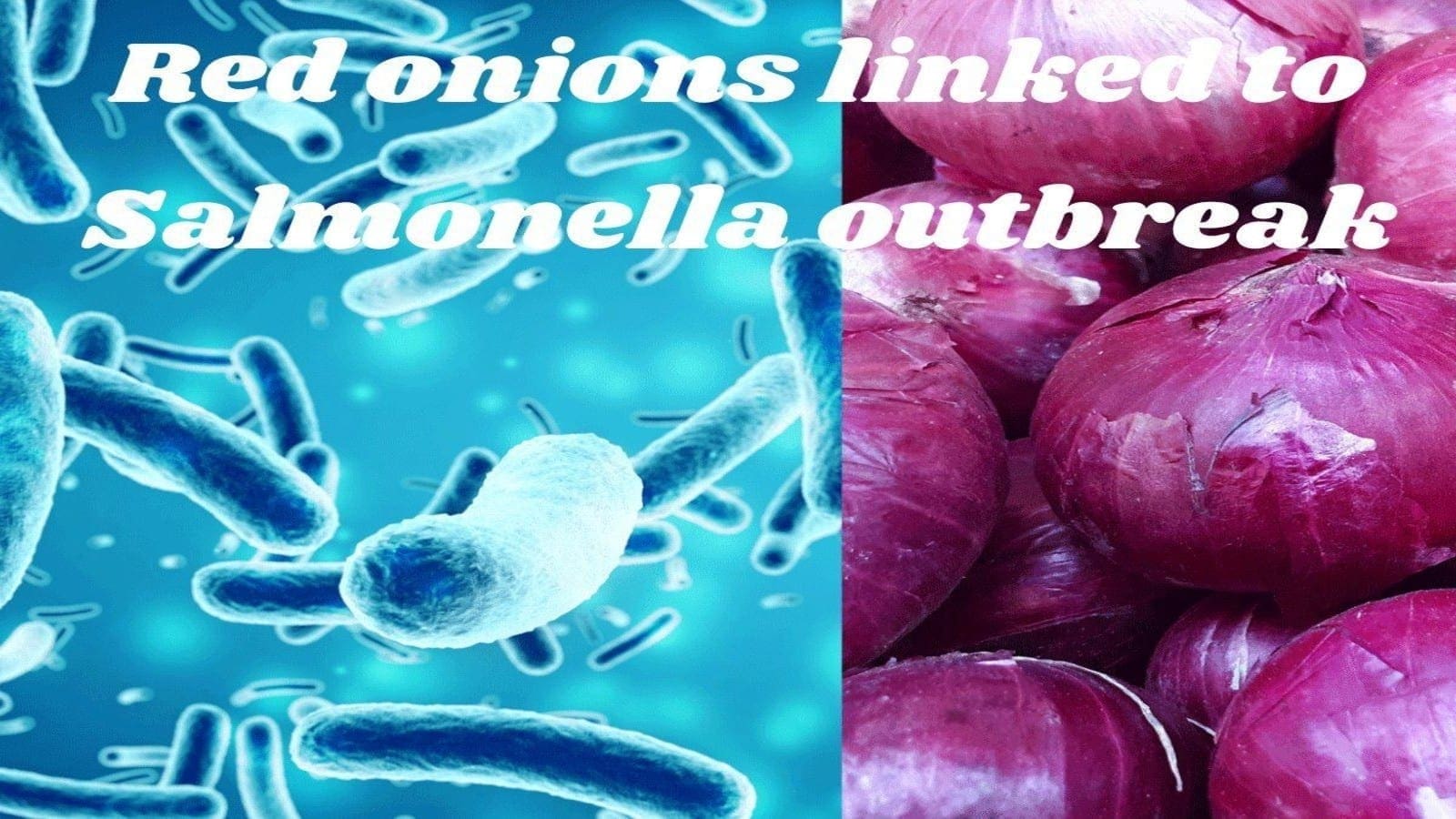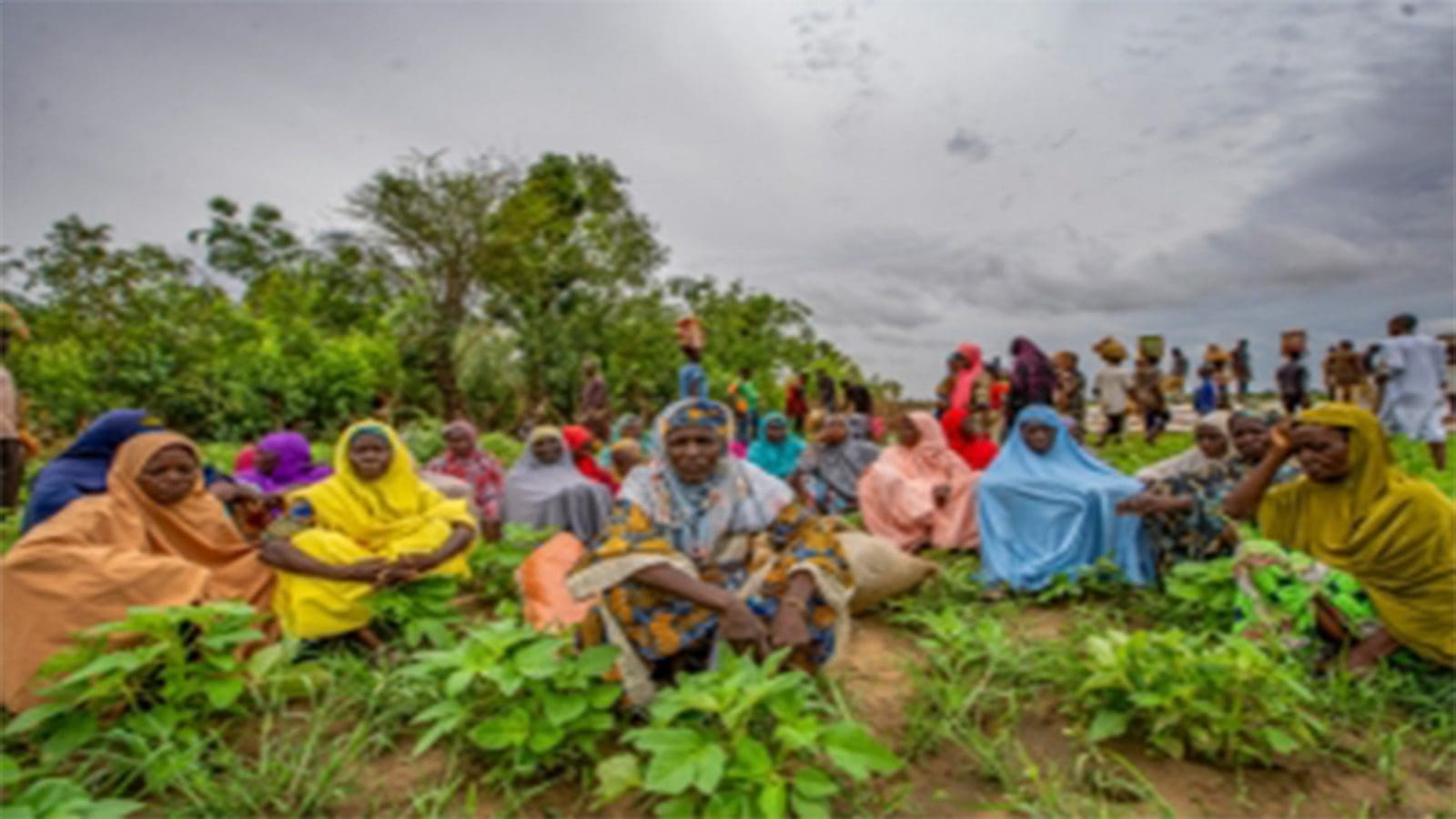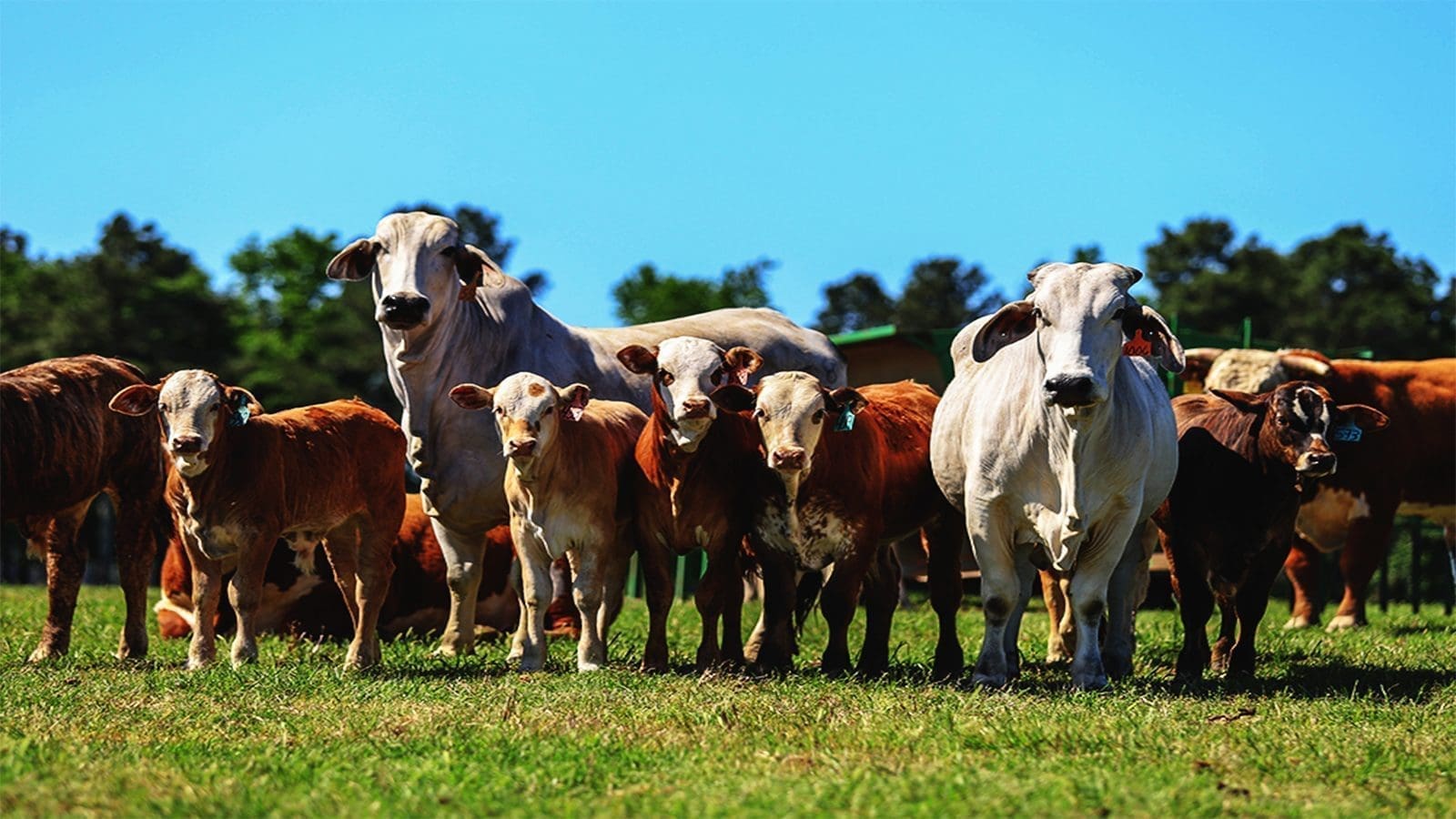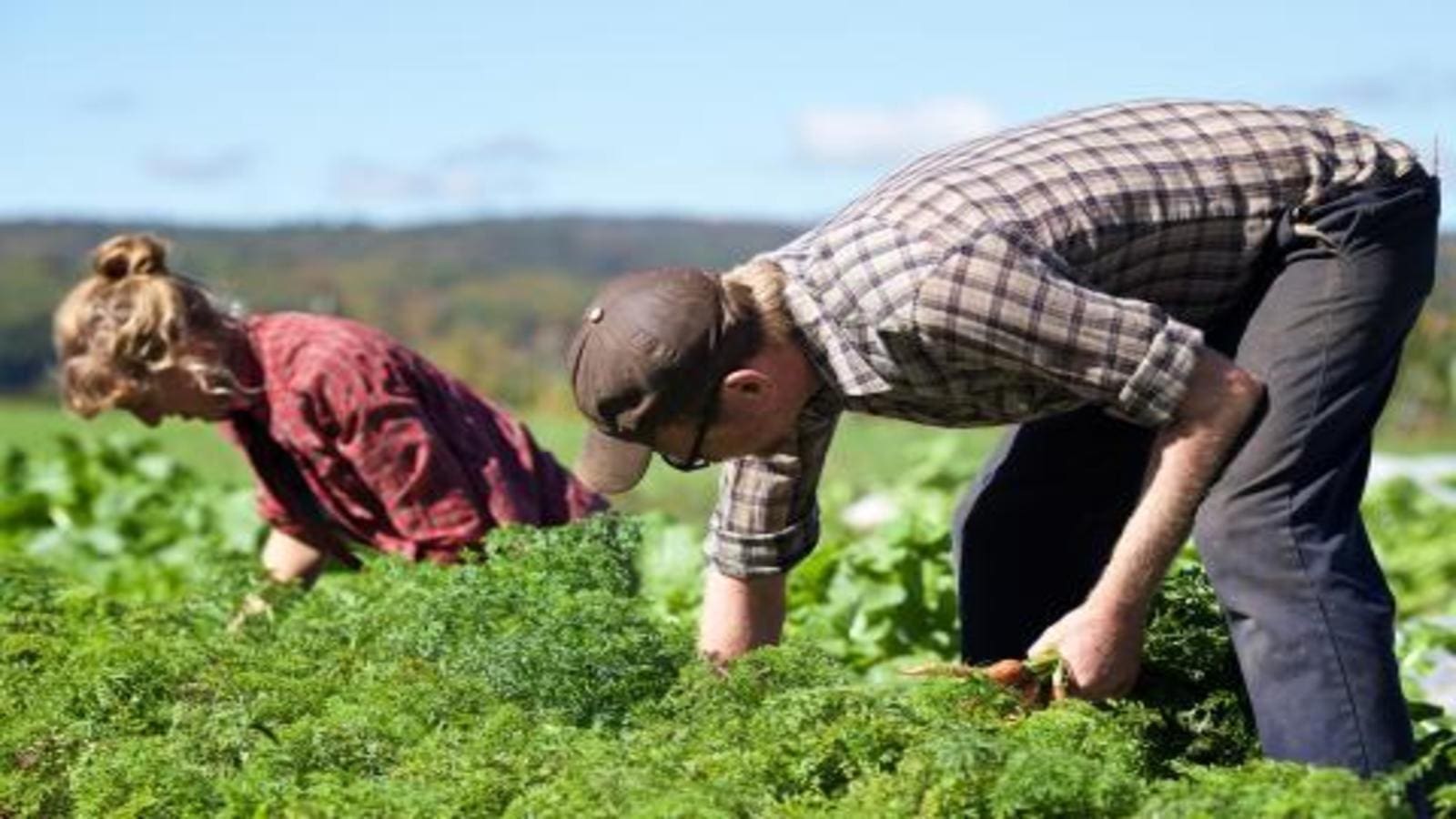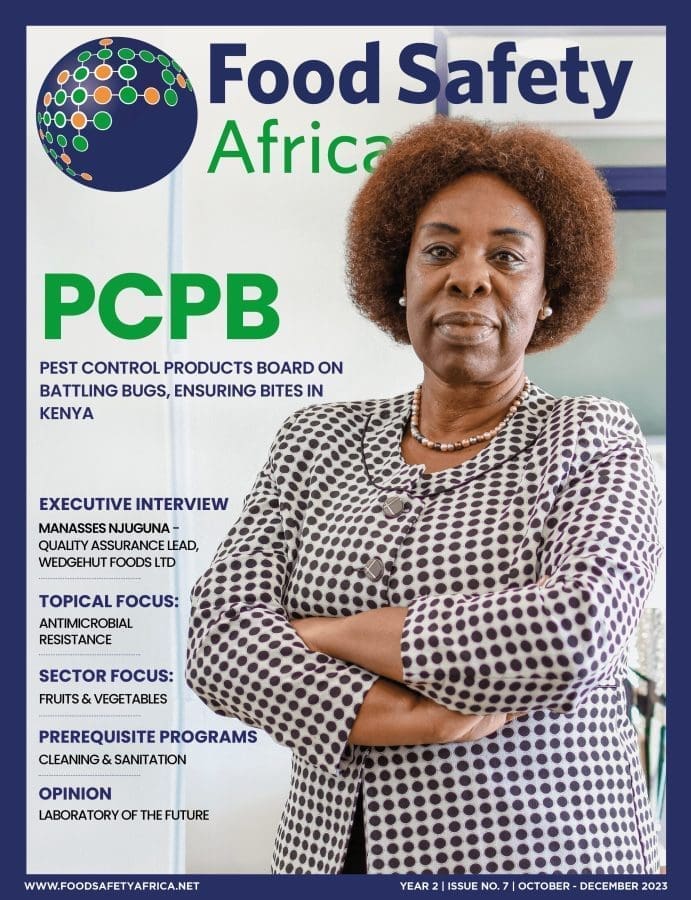WORLD- The U.S. Food and Drug Administration (FDA), alongside state and federal partners, have investigated the outbreak to identify potential contributing factors that may have led to red onion contamination with Salmonella Newport.
Between June and October 2020, federal and state agencies investigated the Salmonella Newport food-borne illness outbreak associated with consumption of red onions from the Southern San Joaquin Valley and Imperial Valley in California.
The outbreak, which caused 1,127 reported domestic illnesses and 515 reported Canadian cases, is the largest Salmonella outbreak in over a decade.
This outbreak is also notable because the food vehicle, whole red onions, is a raw agricultural commodity that was yet to be linked with a food-borne illness outbreak.
While the Salmonella Newport outbreak strain, specific whole genome sequence (WGS) was not identified in any of the nearly 2,000 sub-samples tested, a total of 11 sub-samples (10 water and 1 sediment) collected near one of the growing fields identified in the trace-back were positive for Salmonella Newport, representing a total of three different genotypical strains (unique WGS patterns).
Despite not having reached a conclusive root cause, several potential contributing factors to the 2020 red onion outbreak have been identified.
A leading hypothesis has indicated that contaminated irrigation water used in a growing field in Holtville, California may have led to contamination of the onions.
Visual observations of the implicated red onion growing fields have inferred several plausible opportunities for contamination including irrigation water, sheep grazing on adjacent land, as well as signs of animal intrusion, such as scat and large flocks of birds which may have spread contamination.
In addition, records review of packing house practices and visual observation have ascertained numerous opportunities for spread of food-borne pathogens like salmonella.
There were signs of animal and pest intrusion as well as food contact surfaces which had not been inspected, maintained, cleaned, or sanitized as often as necessary to protect against the contamination of produce.
Notably, Salmonella isolates from two sediment sub-samples and two water sub-samples collected during this investigation were found to be genetically related by WGS to clinical isolates from 2016 and 2018 food-borne illness outbreaks (Salmonella Muenchen and Salmonella Montevideo, respectively) associated with consumption of sprouts.
This may be indicative of human pathogen persistence and distribution in this growing region which could pose a risk of contamination for any produce commodity.
The FDA has issued an assignment to follow-up at the associated firms even though Sprouts are not a food vehicle of interest in the 2020 Salmonella Newport food-borne illness outbreak.
It has recommended that all produce farms assess growing operations to ensure implementation of appropriate science- and risk-based preventive measures, including applicable provisions of the FDA Food Safety Modernization Act (FSMA) Produce Safety Rule and good agricultural practices.
The assessments should include evaluation of hazards that may be associated with adjacent and nearby land uses especially relating to the presence of livestock and wildlife and the potential for runoff into growing fields or water sources.
Thomson International Inc. cooperated with FDA throughout the investigation and is continuing to engage with FDA on the agency’s findings and recommendations.


